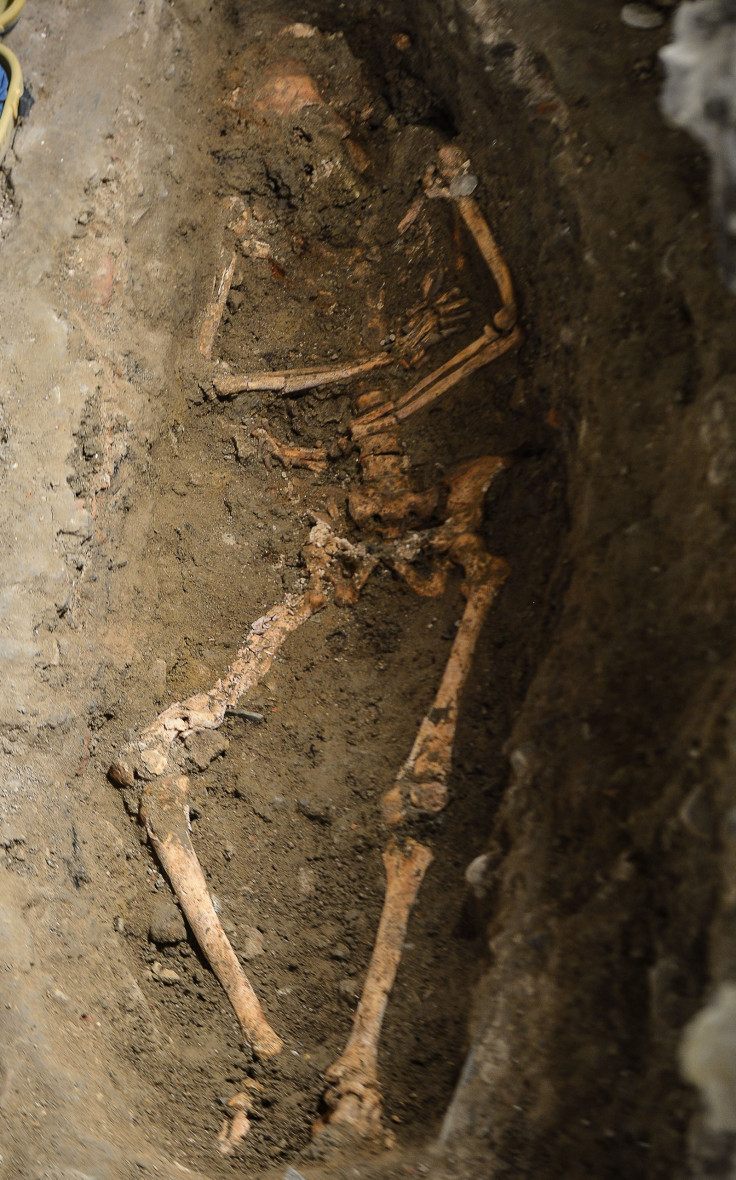Mona Lisa search: Test results on 'muse' Lisa Gherardini bones to be announced

Test results that will show whether or not the "bones of Mona Lisa" have been discovered will be announced in as little as two weeks, scientists have said.
Carbon-14 results on three skeletons exhumed from Florence's Sant'Orsola convent will show if one of them is likely to be Lisa Gherardini, the woman believed to have sat for Leonardo da Vinci for his most famous portrait.
Researcher Silvano Vinceti told Italy's ANSA news agency that the test results should be returned within the month, possibly as early as 20 March.
Gherardini was the wife of rich silk merchant Francesco del Giocondo. There is a lengthy tradition of linking Gherardini to the painting, which is known as La Gioconda in Italian. Furthermore, Giorgio Vasari, Da Vinci's biographer, wrote that the artist once painted a portrait of del Giocondo's wife.

The carbon-14 results will show whether the bones date back to the estimated time of death of Gherardini. Vinceti said they will confirm "that the three human remains date back to the 16th century".
If one of the three dates to a period coinciding with Gherardini's death, "then it will be possible to confirm, with a very high probability, that we have found the Gioconda", he added.
Vinceti, project leader of the Sant'Orsola bones study, told reporters that DNA tests will also enable researchers to establish the colour of the eyes, hair and skin of the three people whose remains were found – possibly further helping to identify the woman behind the Mona Lisa.
Previously, researchers had said that they would need to compare the DNA of the potential Mona Lisa to the bones of Gheradini's children, who were buried in a family tomb.

However, this will not be possible, Vinceti said, adding to the widespread criticism of the project. Previously, experts had said that without the comparison with the family DNA, it was impossible to say definitively whether or not Gherardini's bones had been found.
Art historian Tomaso Montanari, one of Vinceti's critics, said there are hundreds if not thousands of women's bones buried in the Sant'Orsola. He also said Vinceti was "not a researcher", pointing to his lack of credentials in art history or forensics, and called the discovery a "depressing" bid to attract tourists to the area.
Previously, Vinceti had also claimed the Mona Lisa was in fact, a male model. In 2011, he said the painting bore strong resemblance to Da Vinci's apprentice and lover Gian Giacomo Caprotti, known as Salai.
© Copyright IBTimes 2024. All rights reserved.






